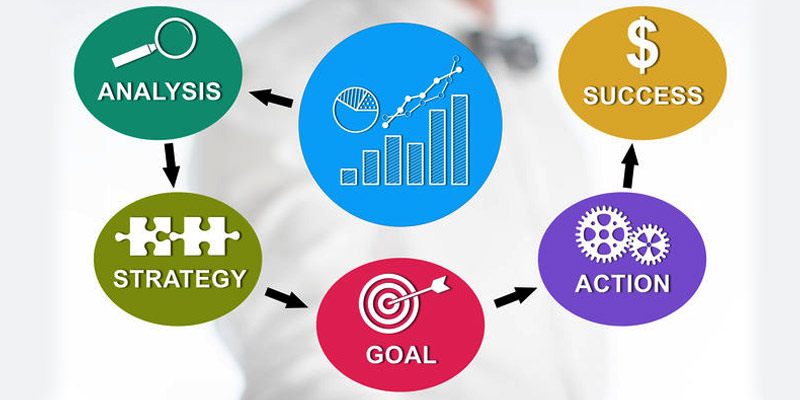Over 90% of managers are unhappy with traditional review process and over 50% of organizations are exploring ways to revamp traditional reviews. Has the review process failed?
The key challenge in a traditional review process is that feedback is provided to employees at the end of the year. This does not lead to any gains for employees and employers and in many ways is detrimental to employee morale.
Continuous Performance Management process is a new methodology of performance management that helps in
- » Engaging employees
- » Improving productivity
- » Aligning to organizations needs and
- » Meeting career goals
There are several components of CPM (continuous performance management) that differentiate it from a traditional review process.
Frequent check-ins or conversations: Employees and managers communicate with each other frequently – as often as once a week and at least once a month and record the outcomes (which are called check-ins). In the traditional review process, the check-ins may not exist, and employees and managers may just meet once a year for a discussion and feedback.
Goal Focused: Helps identify key goals for each period and setup tasks and measures to achieve them. In the traditional reviews, goals if set, are typically for the entire year and progress is not followed up periodically.
Need based Development: Based on the goals and career plans, the managers and employees can together focus on short-term and long-term development needs of the employee and identify appropriate programs that help the employee achieve their goals. In a traditional review process, the development needs for the following year are identified during the review of the prior year.
Feedback from multiple sources: In the traditional PM system, a hierarchy exists for providing feedback, say the line manager and 2nd level manager. Today organizations are much more flatter and people interact frequently with other people or groups to achieve goals. Hence it is very important to receive feedback. In CPM, feedback can be obtained from peers, juniors, seniors and even customers (both internal and external). This helps in a 360 view of employees and helps identify hidden strengths and blind spots.
Real-time Coaching: In the traditional review process, the manager looks backwards and gives a feedback on the gaps. In CPM, the manager and employee identify objectives for a shorter timeframe and course-correct frequently based on business needs and real-time outcomes.
How to Implement Continuous Performance Management Process
Technology is an enabler in continuous performance management process since the volume of data getting generated is much more. To combine this data in a meaningful way is not possible without a technology platform. The process works as follows
Step 1: Employees and managers set yearly goals and development plans. These are based on the traditional goal setting process where goals are aligned to company and department objectives and manager goals.
Step 2: At the beginning of every CPM cycle (quarter or month), the system initiates the CPM process which copies the yearly goal sheet to CPM process. Employee and their managers identify the priorities for the given period. This includes identifying the key goals and development areas for the period.
Step 3: At the end of the period, the employee and their manager discuss the achievements and gaps by marking goals and development plans as Ignored, Off track, On track, Achieved or Over achieved along with comments. Feedback can also be obtained from other stakeholders. This is the formal check-in process and the outcomes for each goal are reflected into the original goal sheet.
Here a technology platform can play an important role by automatically sending reminders to employees and managers to complete the check-in process in a timely manner. The process cannot succeed if HR is expected to follow up for completion.
Step 4: During the annual review process, all the data of CPMs is combined to allow manager and employees to discuss the actual plan, achievements and gaps – making the process extremely transparent and objective. Automatic calculations can also be used to stack rank employees.
The key benefit of the continuous performance management process is a periodic interaction between the employee and the manager allowing course-correction, timely feedback, coaching opportunities and development opportunities based on business needs. If you are a project centric organization or your employees work in teams, then CPM process can be of huge benefit and productivity can go up by as much as 10-15% by implementation of the Continuous performance management process
For a discussion or a demonstration of the process please submit your information here. Look forward to your thoughts and comments.
Conduct appraisals at no cost
* No credit card required








